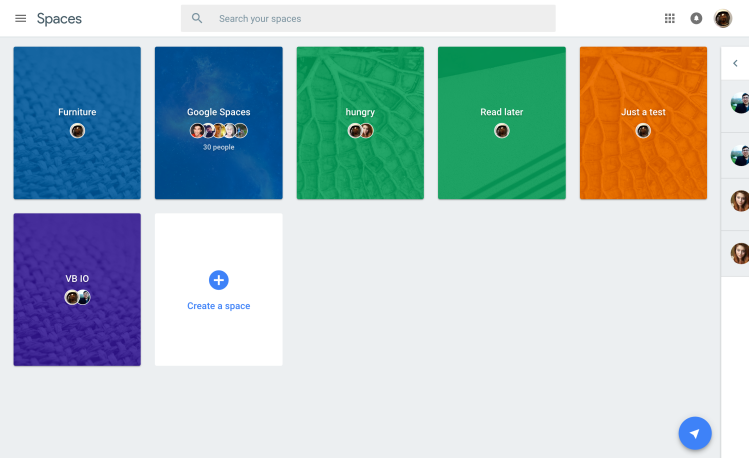testsetset
A few days ago, Google came out with a new app called Spaces. It sounded sort of interesting. “With Spaces, it’s simple to find and share articles, videos and images without leaving the app, since Google Search, YouTube, and Chrome come built in,” wrote Google product director Luke Wroblewski in the blog post announcing the app.
The thing is, while the app can do what Wroblewski described, it overlaps with Google+ — specifically with its Communities and Collections components.
Yes, it is neat to have Internet search and YouTube integrated into the mobile versions of the app, sort of like how Google’s very good Gboard keyboard for iOS has search built-in.
But the overlap between the two services is considerable, and Google+ has features that the new Spaces is missing. You can’t edit or save drafts of posts. You can’t edit or delete comments. You can’t add locations or polls. There is no support for Google Apps — only people with Gmail accounts can use Spaces, for the moment.
June 5th: The AI Audit in NYC
Join us next week in NYC to engage with top executive leaders, delving into strategies for auditing AI models to ensure fairness, optimal performance, and ethical compliance across diverse organizations. Secure your attendance for this exclusive invite-only event.
Google+ users have noticed the overlap, of course. Some have directed their questions about the product at Wroblewski, who has primarily been associated with Google+ since arriving at Google in 2014 through the acquisition of polling service Polar.
“Google+ is an open, primarily public place for people to connect around shared interests. We’ve stated this publicly and continue to execute on this vision. Spaces is for small group, almost ad hoc sharing: buying a car, planning a trip, sharing music recommendations with a few folks. Different needs, different solutions,” Wroblewski told one Google+ user who commented about Google Spaces on his Google+ post.
The arrival of Google Spaces despite the existence of Google+, and the lack of a clear integration between the two, leaves me with the suspicion that Google believes in the basic functional capabilities of Google+ Communities and Collections — which can be closed off to small groups, by the way — but wants to give them another go with a new name, a new look, and a mobile version that’s smart on mobile by virtue of its native integrations of other services.
From the outside, it does seem like the creation of Spaces is a new way to salvage some of the core features of Google+. Google Photos borrowed from Google+ Photos, and Google Hangouts has also been decoupled from Google+ (which once had its own Messenger). And last year, Google began to remove the requirement that people use their Google+ profiles as their identity in Google services, starting with YouTube. Google accounts have proven to work just fine in their place.
If Google is lucky, this new tool with no connection to Google+ will catch on.

